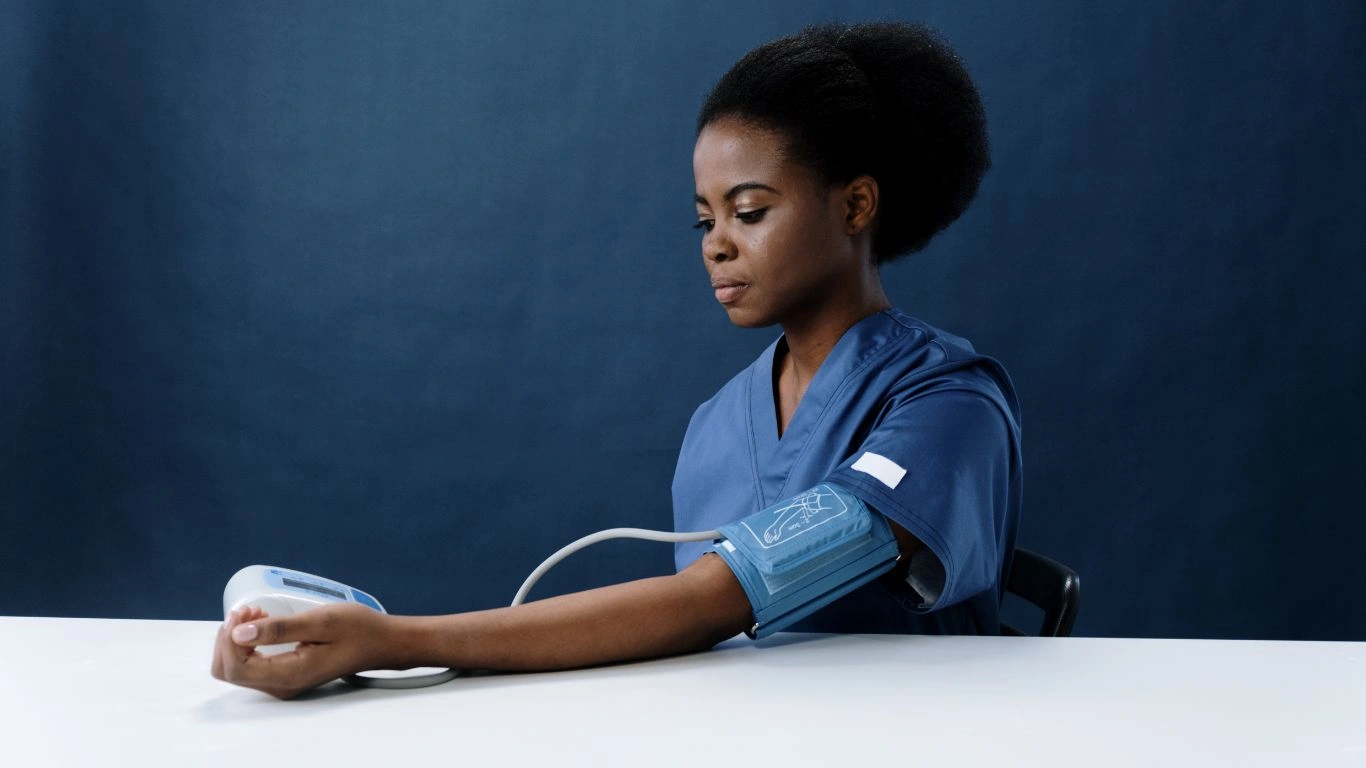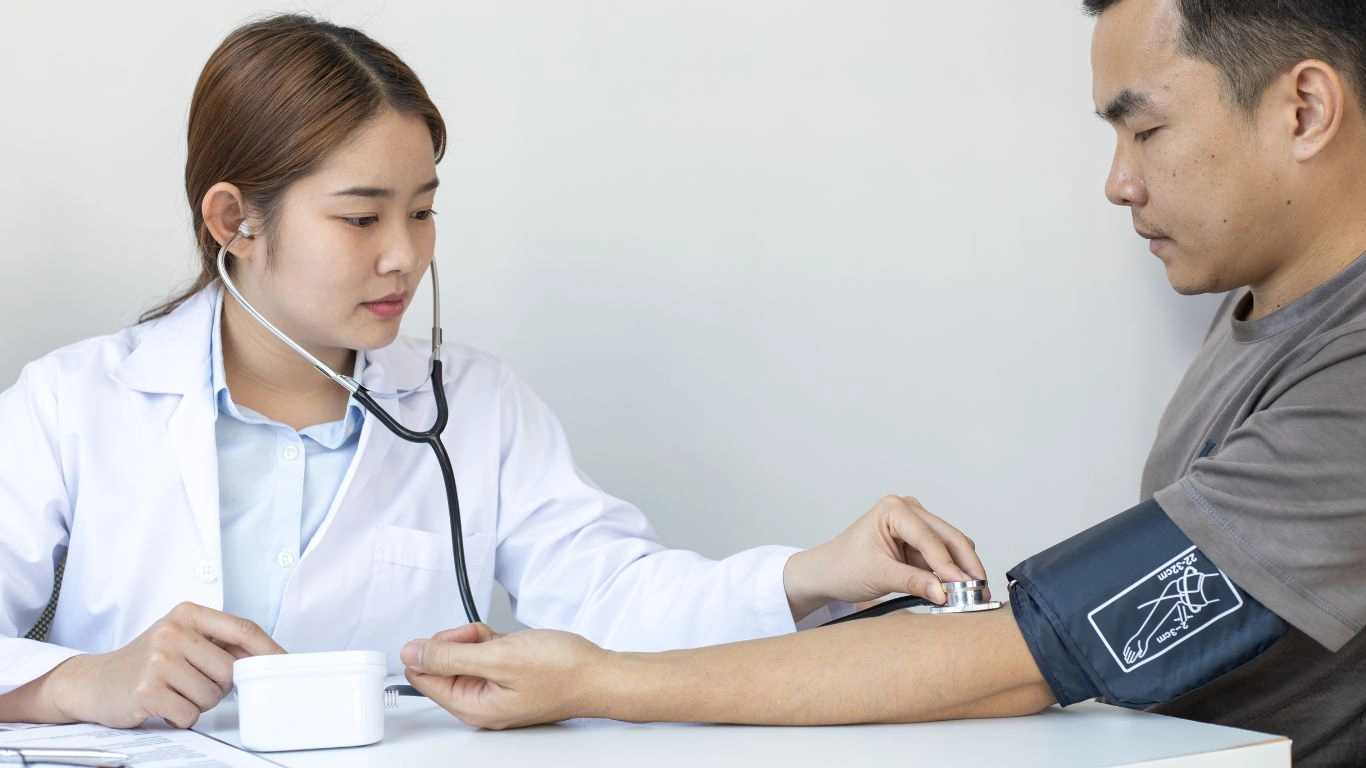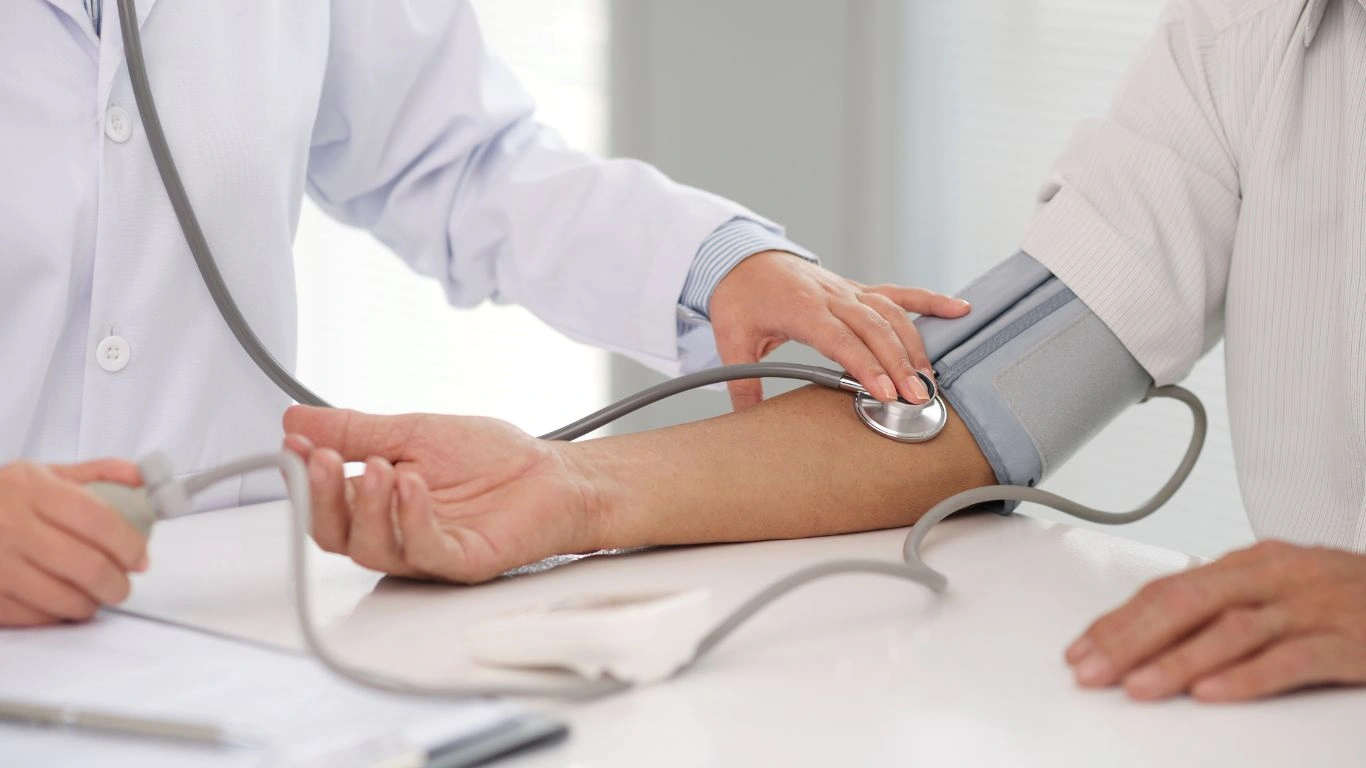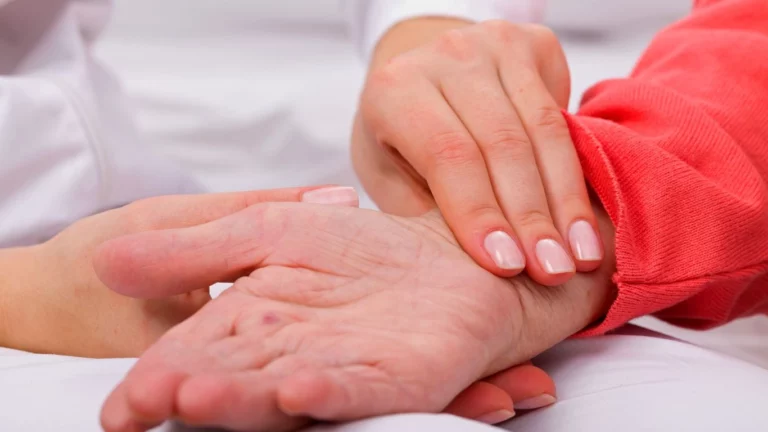Best Blood Pressure-Friendly Foods for Busy People That Work
If you’re like most of my patients—juggling work, family, and maybe trying to remember if you drank water today—then eating right for your blood pressure might feel like one more thing on an already overloaded plate. As an internal medicine physician focused on hypertension management, I’ve had countless conversations with people who know they *should* eat better, but finding blood pressure-friendly foods for busy people? That’s a whole different story. Between hospital rounds and clinic hours, I get it—life moves fast. But what if I told you that eating for heart health doesn’t have to be complicated, bland, or time-consuming?
What Does “Blood Pressure-Friendly” Actually Mean?

Let’s clear something up: when we say “blood pressure-friendly,” we’re talking about foods that help keep your arteries relaxed, reduce sodium intake, and support overall cardiovascular health. But in my own kitchen—and what I recommend to my patients—it’s less about strict rules and more about real-life swaps. We’re not chasing perfection here. We’re making sustainable choices that fit your routine.
Key Nutritional Players to Watch
Think of this as your A-team for heart health:
- Potassium: Balances out sodium’s effects. Think bananas, sweet potatoes, spinach.
- Magnesium: Supports blood vessel relaxation. Found in nuts, seeds, and whole grains.
- Calcium: Not just for bones—also regulates vascular tension. Dark greens and low-fat dairy do the trick.
- Fiber: Keeps things moving and supports overall metabolic health. Beans, oats, berries? Yes, please.
Why Busy People Struggle With Hypertension Nutrition

Honestly, the biggest challenge I hear from patients isn’t ignorance—it’s time. You’re working late, picking up kids, maybe squeezing in a workout. Fast food is, well, fast. Meal prep sounds lovely until it’s Sunday night and you’re exhausted. I get it. In fact, I’ve found myself in that exact spot, reaching for cereal at 9pm.
Here’s the thing: blood pressure-friendly eating doesn’t mean spending hours in the kitchen. The trick? Knowing what to keep on hand, how to assemble meals in minutes, and which convenience foods won’t sabotage your efforts.
Common Pitfalls I See in My Practice
- Relying too much on processed “healthy” snacks: Even protein bars and veggie chips can sneak in sodium.
- Skipping meals: This often leads to poor decisions later (hello, drive-thru cheeseburger).
- Forgetting hydration: Dehydration can mimic high blood pressure symptoms. That headache might not be stress—it might just be thirst.
Blood Pressure-Friendly Foods That Work for a Packed Schedule

Let’s get into the good stuff—the actual foods you can grab, eat, and feel good about. Whether you’re meal-prepping on a Sunday or grabbing something on the fly, these are my go-to favorites both personally and professionally:
1. Overnight Oats with Berries
Loaded with fiber, potassium, and magnesium. Throw it together in under five minutes. I prep a few jars on Sunday and thank myself all week long.
2. Hummus + Veggie Snack Packs
Hummus gives you protein and healthy fats, while the veggies bring crunch, fiber, and potassium. I keep pre-cut packs in my fridge for post-work hunger strikes.
3. Low-Sodium Canned Beans
Rinse and toss into salads, soups, or wraps. Beans are little nutrient bombs—cheap, easy, and endlessly versatile.
4. Frozen Steamed Veggies
No chopping, no waste, no excuses. I always have at least two types in my freezer. A quick microwave and you’ve got a side full of potassium and fiber.
5. Bananas, Apples, and Unsalted Nuts
I call these “desk drawer snacks.” They require no refrigeration, travel well, and hit the sweet/savory craving while still being friendly to your blood pressure goals.
Smart Grocery Hacks for Stocking Up on Blood Pressure-Friendly Foods

So, how do you turn your pantry into a blood pressure-friendly goldmine without spending hours reading nutrition labels in the middle of a crowded grocery aisle? Over the years, both for myself and my patients, I’ve learned a few tricks that make shopping smarter—not harder.
Stick to the Outer Aisles (Mostly)
You’ve probably heard this before, but it’s popular for a reason. The perimeter is where you’ll usually find fresh produce, lean proteins, and dairy. The middle aisles? That’s where sodium likes to hide—especially in canned soups, frozen meals, and snacks pretending to be healthy.
Read Sodium Labels Like a Pro
Here’s a little clinical tip I often share with patients: anything over 400mg of sodium per serving should raise an eyebrow. Under 140mg? That’s considered “low sodium.” I keep a mini mental note of this when picking up canned goods or condiments. Trust me, once you know what to look for, it becomes second nature.
Buy Frozen Over Fresh (Sometimes)
Frozen fruits and veggies can be just as nutritious—and they don’t spoil in three days. I keep bags of broccoli, spinach, and mixed berries in my freezer so I can whip up something nutritious even on nights when I’m too tired to cook (which, let’s be real, is often).
Look for No-Salt-Added Versions
Beans, broths, tomatoes—all of these come in no-salt-added varieties. They taste just as good once you add your own herbs and spices, and they give you full control over your sodium intake.
Meal Prep Shortcuts That Actually Work

Let’s be honest—nobody (including me) wants to spend all Sunday prepping food. The good news is, you don’t have to. I’ve found that even doing a little bit of prep makes the rest of the week feel 100x easier.
Prep Ingredients, Not Full Meals
Instead of trying to prepare five perfectly portioned lunches, I focus on prepping components:
- Roasted veggies
- Brown rice or quinoa
- Grilled chicken or baked tofu
- A couple of sauces or dressings (watch the sodium!)
Then, I mix and match throughout the week depending on what I’m craving. It keeps things flexible and way less boring.
Use Time-Saving Tools
My Instant Pot is basically my sous chef. I toss in dried beans, steel-cut oats, even soups—and walk away. You don’t need fancy gear, but having one or two gadgets that you actually use makes a huge difference.
Double Up Recipes
Whenever I’m cooking dinner, I double the batch. Leftovers become tomorrow’s lunch or dinner later in the week. Pro tip: chili made with low-sodium beans and extra veggies is both hearty and heart-healthy.
Grab-and-Go Options That Won’t Spike Your BP

We all have those days where we’re out the door in 10 minutes and dinner is a mystery. That’s where blood pressure-friendly grab-and-go options for busy people come in. Here are a few of my real-life lifesavers:
1. Low-Sodium Tuna Packets
Paired with whole-grain crackers and a side of baby carrots, it’s a complete mini-meal. Plus, you get omega-3s which are great for heart health.
2. Greek Yogurt (Plain, Low-Fat)
Add a banana and a sprinkle of unsalted nuts, and you’ve got protein, potassium, and calcium in one quick bite.
3. Nut Butter Packs + Apple Slices
These are especially great for in-between meetings or while running errands. Look for nut butters with no added salt or sugar.
4. Pre-Boiled Eggs + Grape Tomatoes
This is my go-to when I need protein fast and don’t feel like prepping anything. A sprinkle of pepper and you’re good to go.
5. DIY Snack Boxes
Take a small container and fill it with:
- A handful of unsalted almonds or pistachios
- Fresh cucumber slices
- Low-fat cheese cubes
Think of it as your personal charcuterie board on the move—only without the processed meats and sodium bomb crackers.
Rethinking Beverages: Hidden Sodium and Sugar

This one surprises a lot of folks. But yes—even drinks can sneak in sodium and sabotage your progress. I once had a patient who was religiously drinking bottled vegetable juice every morning thinking it was a healthy habit. Turned out, it packed over 600mg of sodium per serving. We switched to a fresh smoothie with spinach, banana, and almond milk—and his blood pressure improved noticeably within weeks.
Better Beverage Choices
- Water: Always the MVP. Add lemon, cucumber, or berries if plain water doesn’t excite you.
- Herbal Teas: Naturally caffeine-free and hydrating.
- Homemade Smoothies: Use fresh or frozen fruit, leafy greens, and unsweetened almond or oat milk.
- Sparkling Water: Go for the ones with no sodium or added sugars—just bubbles and natural flavor.
Drinks may seem harmless, but they’re often the sneakiest source of added sugars and salt. A little label reading goes a long way.
Spices, Herbs, and Flavors That Help Cut the Salt

One of the most common things I hear in the clinic is, “But food without salt tastes bland.” I get it—sodium makes things taste good. But here’s what changed the game for me (and many of my patients): learning to cook with herbs and spices that naturally boost flavor without spiking your blood pressure.
Flavor First, Salt Second (or Never)
I always tell my patients: season with intention. When you build flavor with garlic, lemon, paprika, or even a dash of balsamic vinegar, you won’t miss the salt. In fact, your taste buds start to recalibrate in a week or two. Trust me, once you go a few days without added salt, those salty chips you used to love will taste like ocean water.
My Personal Go-To Flavors
- Smoked Paprika: Adds depth and warmth—great in soups and stews.
- Fresh Garlic & Onion: These are culinary powerhouses that make everything taste better.
- Lemon Zest: Brightens up veggies and proteins without adding sodium.
- Fresh Herbs (Basil, Cilantro, Dill): These give food that pop of flavor and color.
- Chili Flakes or Cayenne: For when you want a little kick. A little goes a long way.
Experimenting in the kitchen can be part of the fun. Even just adding cinnamon to your oatmeal or a splash of apple cider vinegar to sautéed greens can take the flavor (and heart health) up a notch.
Mindful Eating on a Busy Schedule

Let’s shift gears for a second. Because what you eat is just one part of the picture—how you eat matters too. I’m guilty of eating lunch over my keyboard or grabbing bites in between patient visits. And every time I do that, I eat faster, chew less, and end up less satisfied.
Why It Matters
Fast, distracted eating can lead to overconsumption, bloating, and poor digestion. It also disconnects you from your food, making it easier to miss cues like fullness and satisfaction. Over time, this kind of rushed eating pattern can sabotage even the healthiest choices.
Simple Ways to Eat More Mindfully
- Step Away from Screens: Even if it’s just 10 minutes, focus on your meal, not your inbox.
- Chew Thoroughly: I used to rush through meals without chewing enough. Now I remind myself to chew slowly—it helps digestion and satiety.
- Practice Gratitude: I know it sounds a little “woo,” but just acknowledging where your food came from or who made it can slow you down and connect you to the moment.
Even my busiest patients see changes when they slow down at mealtime. It doesn’t take a retreat in the mountains to be mindful—just a few quiet minutes and a good meal.
Staying Consistent Without Getting Overwhelmed
Consistency is where most people trip up. One week you’re all in—meal prepping, watching sodium, tracking water intake. Then a work trip or stressful week throws it all off and suddenly you’re back to square one. Sound familiar? Yeah, me too.
Progress, Not Perfection
Look, real life is messy. That’s why I always preach progress over perfection. Blood pressure doesn’t skyrocket from one salty snack or missed workout. It’s the patterns that matter. Focus on building habits that are flexible and forgiving.
Make Your Environment Work for You
- Keep healthy snacks visible and easy to reach.
- Pre-pack your lunch the night before if mornings are chaos.
- Say no to keeping tempting high-sodium foods in the house (I had to break up with microwave popcorn for this reason—worth it).
Use Technology (But Don’t Obsess)
Apps can help you track sodium intake or remind you to drink water. I like using one just to check in during the week—not to micromanage every bite. If it feels overwhelming, scale back. The goal is awareness, not obsession.
Final Thoughts: You’ve Got This
At the end of the day, eating blood pressure-friendly foods for busy people isn’t about being perfect. It’s about creating a lifestyle that supports your health and still fits into your real, everyday life. I’ve seen firsthand in my practice how small changes—done consistently—can lead to big improvements in blood pressure, energy, and even mood.
It starts with one choice: maybe swapping chips for carrots and hummus, or taking 10 minutes to sit down and really enjoy your lunch. Those small shifts? They matter more than you think.
References
- National Institutes of Health
- Health.com
- Centers for Disease Control and Prevention
- American Heart Association
Disclaimer
This content is for informational purposes only and does not constitute medical advice. Always consult with your healthcare provider or a registered dietitian before making significant changes to your diet, especially if you have a chronic condition like hypertension.

Dr. Gwenna Aazee is a board-certified Internal Medicine Physician with a special focus on hypertension management, chronic disease prevention, and patient education. With years of experience in both clinical practice and medical writing, she’s passionate about turning evidence-based medicine into accessible, actionable advice. Through her work at Healthusias.com, Dr. Aazee empowers readers to take charge of their health with confidence and clarity. Off the clock, she enjoys deep dives into nutrition research, long walks with her rescue pup, and simplifying medical jargon one article at a time.





